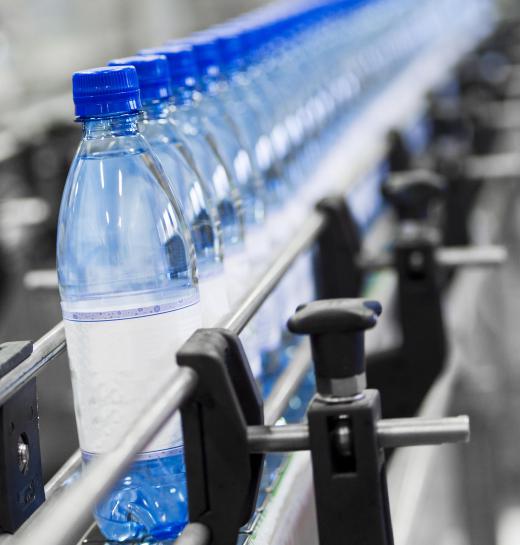Heijunka is a Japanese word that refers to processes that help level or smooth out production. This system is a process that allows scheduling of the manufacturing process to concentrate on smaller, more manageable amounts in order to ensure that all the products from the line are the same. In order to use this type of system, a heijunka box must be installed into the line, one for each specific part of the product. For instance, if a production line makes dolls and it has six separate body parts, then six boxes will need to be installed.
Stabilizing the production process can mean three specific goals can be met. The first thing that heijunka can do is to lower the amounts of waste products because the assembly line can be adjusted according to public demand without causing a strain upon the company or its employees. The next goal that can be reached by using heijunka scheduling is to decrease the strain upon the manufacturing equipment, as well as the executives of the company, because the assembly lines will run much smoother and have far less complications. The final goal that can be reached is smoothing out the products that come from the assembly line, meaning that each and every item will be the same, rather than having some with flaws.

In order for the heijunka system to work a specially designed heijunka box needs to be installed onto the assembly line. This box is run by a Kanban card that allows the boxes to be adjusted according to mixed volumes within the products being produced. The number of cards matches the amount of items that are being produced so that each phase of the process can be controlled. A materials handler is responsible to install and remove the cards as needed, which maximizes the production lines and decreases the down times that are generally associated with assembly lines.
Heijunka is basically an advanced way for companies to reach goals set by the demands of the specific product that they manufacture. By setting perimeters, and having a person adjusting the lines as needed, specific amounts of items can be produced in a reduced amount of time. The idea behind this concept is that it is better to make products in smaller amounts to ensure that they are all the same, rather than mass producing them and having the chance of flaws to appear within the item being made.
